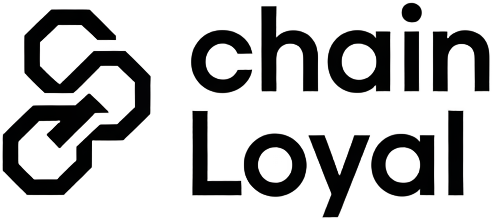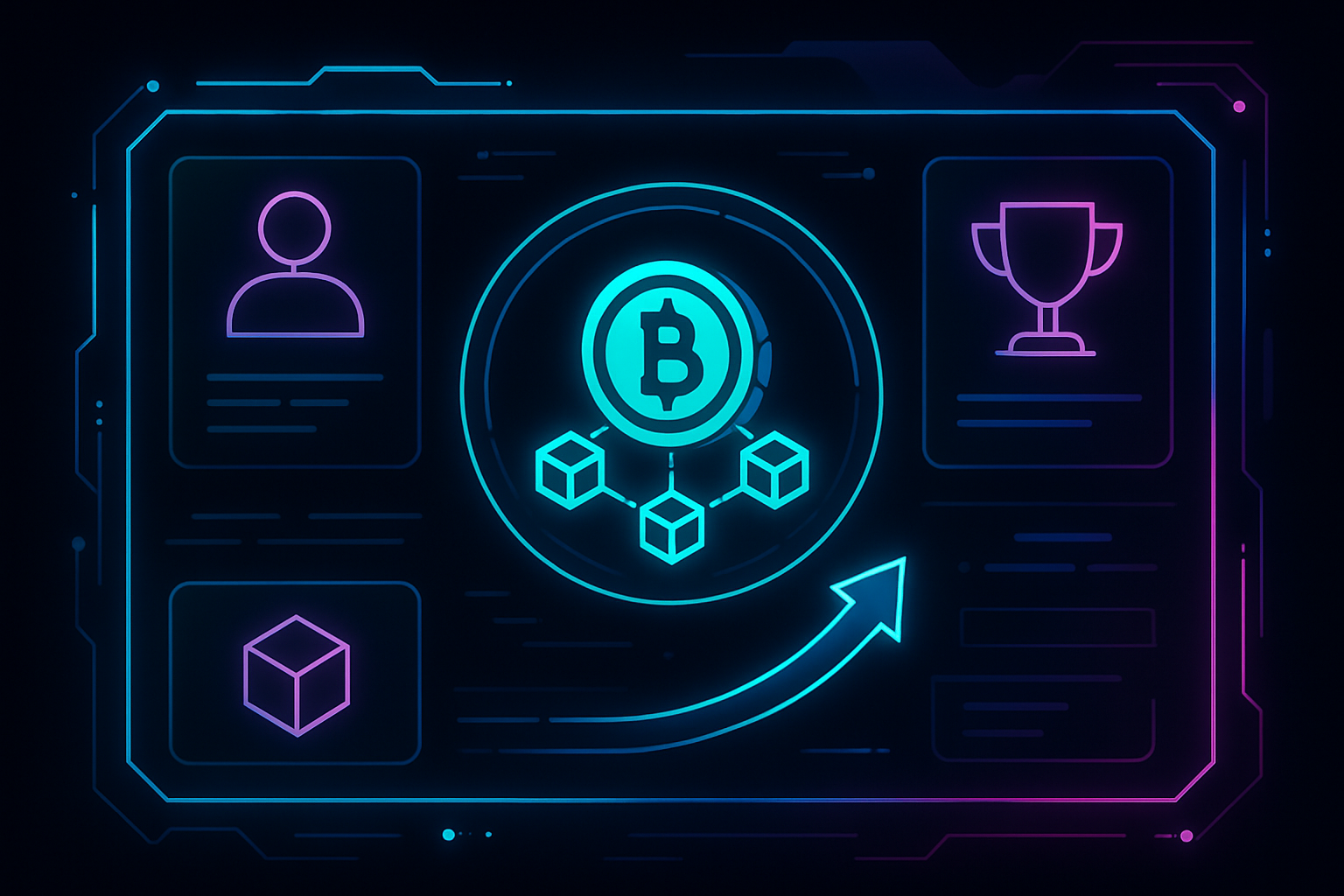
Decentralized finance (DeFi) has redefined how user engagement and loyalty are cultivated, shifting from traditional point-based systems to dynamic, on-chain loyalty staking models. In today’s fiercely competitive DeFi landscape, projects that successfully incentivize ongoing participation are the ones seeing exponential growth in both user retention and protocol metrics. On-chain loyalty staking stands at the epicenter of this shift, providing a data-driven approach to reward users for their tangible contributions to a protocol’s ecosystem.

How On-Chain Loyalty Staking Transforms DeFi User Engagement
The core principle behind on-chain loyalty staking is simple: reward users for meaningful on-chain activities that directly benefit the protocol. Unlike legacy loyalty programs, blockchain-native systems offer transparency, automation, and genuine ownership of rewards. Recent market data highlights several mechanisms by which these platforms drive engagement:
Key Mechanisms of On-Chain Loyalty Staking
-

Rewarding On-Chain Activities: Platforms like Mojito Loyalty incentivize users for actions such as swaps, stakes, votes, and mints. Users earn experience points (XP), tier progression, and custom rewards, directly linking blockchain activity to brand loyalty.
-

Gamification and Tiered Rewards: DeFi projects such as Life DeFi implement progress bars, badges, and tier systems to keep users engaged. Higher user ranks unlock greater rewards, encouraging ongoing participation and fostering a sense of achievement.
-

Integration with Social Platforms: Loyalty programs now extend beyond the blockchain. Mojito Loyalty integrates with platforms like Twitter and Discord, rewarding users for community engagement such as following, sharing, or participating in discussions, thus expanding reach and fostering community growth.
-
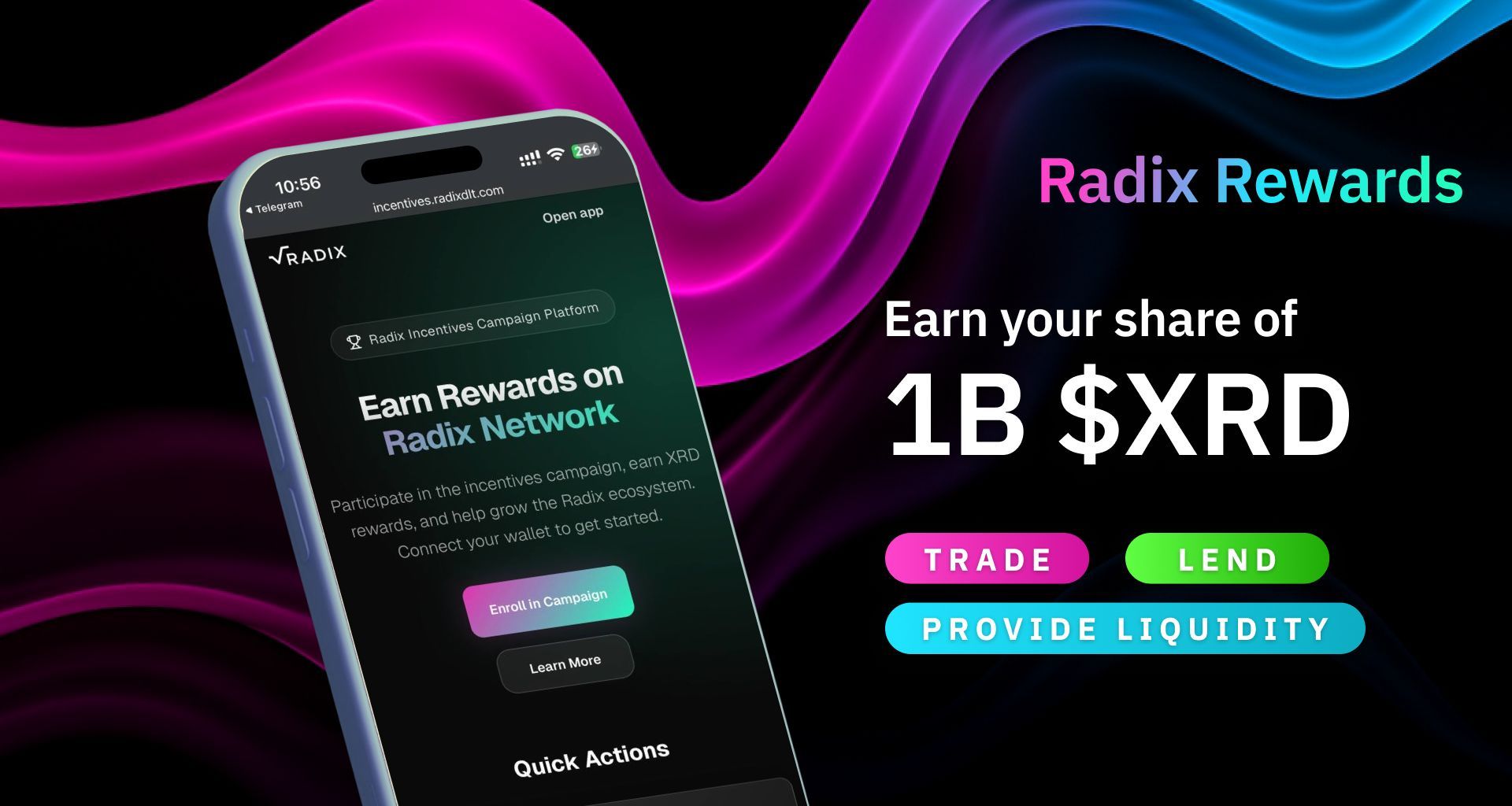
Community Engagement Campaigns: Radix’s Token Trek offers over $120,000 in rewards for on-chain activities. Users complete quests to earn XP, which can be exchanged for XRD tokens, resulting in a 76% increase in TVL within two weeks.
-
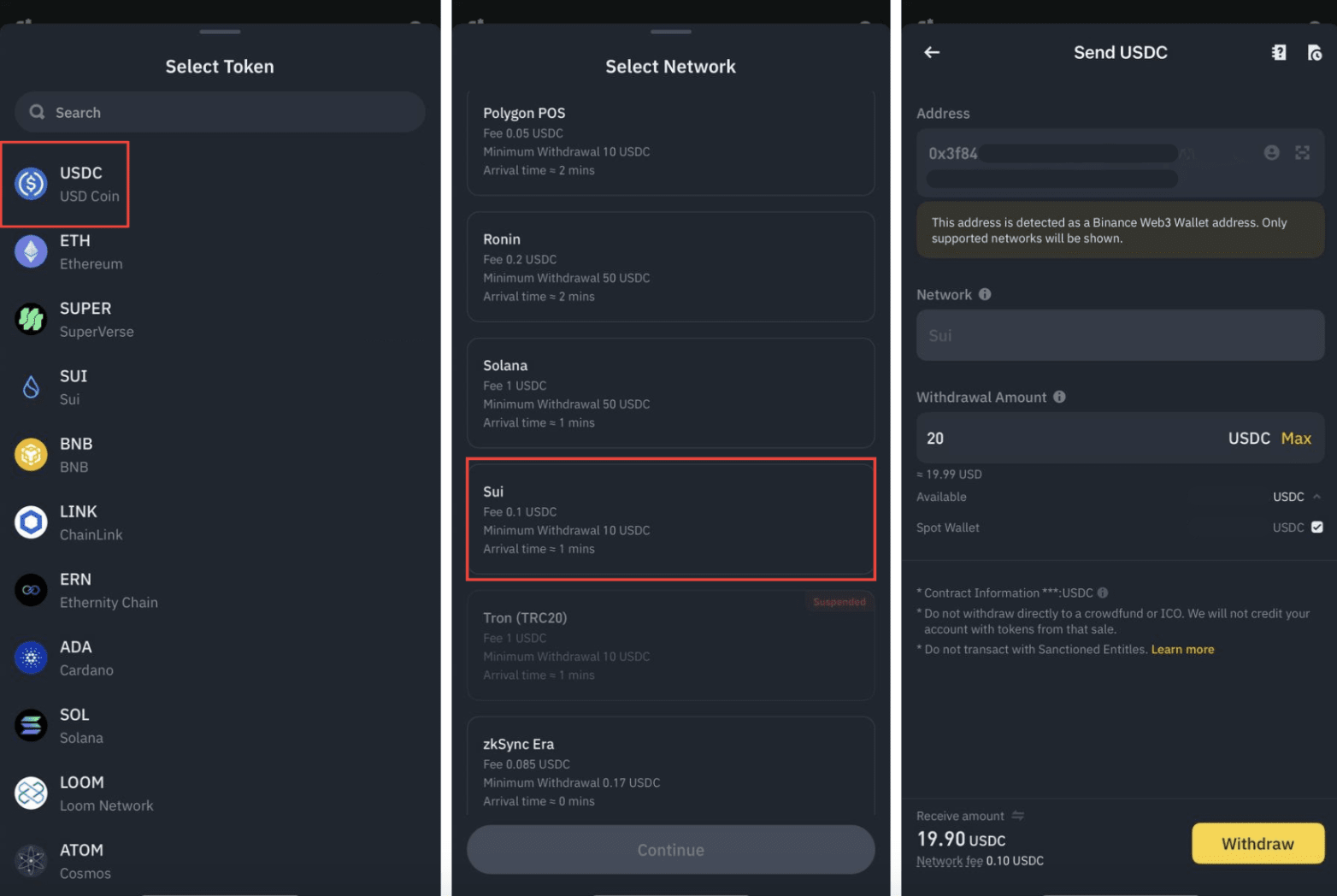
Staking Campaigns with Tangible Rewards: Scallop on the Sui blockchain incentivizes users by offering a 1 million SCA token reward pool. Holding a minimum of 800 veSCA tokens qualifies users for daily rewards, promoting both immediate and sustained engagement.
- Rewarding On-Chain Activities: Platforms like Mojito Loyalty allow protocols to issue experience points (XP), tier upgrades, or custom rewards for actions such as swaps, votes, or NFT mints. This approach transforms everyday blockchain interactions into opportunities for brand affinity and deeper involvement.
- Gamification and Tiered Incentives: By introducing progress bars, badges, and rank-based rewards (as seen with Life DeFi), protocols tap into intrinsic motivators, users feel recognized for their commitment and are incentivized to climb higher tiers for better returns.
- Social Platform Integration: Integrating with channels like Twitter or Discord enables projects to expand their reach. Users earn rewards not just for on-chain actions but also by amplifying community discussions or sharing project updates.
Real-World Case Studies: Measurable Impact on Protocol Metrics
The impact of well-designed blockchain loyalty programs is quantifiable. Consider Radix’s Token Trek, a campaign that offered over $120,000 in rewards for completing various quests across the ecosystem. The result? A staggering 76% surge in total value locked (TVL) within just two weeks. This isn’t an isolated example; Scallop’s Sui blockchain campaign distributed daily SCA token rewards to users meeting specific staking thresholds, which not only increased engagement but also fostered long-term trust within its community.
The Data Behind Loyalty Staking: Why It Works
The efficacy of staking incentives is rooted in behavioral economics, users respond strongly to tangible value accrual tied directly to their actions. By leveraging tokenized rewards stored transparently on-chain, DeFi projects can ensure every incentive is verifiable and transferable. This transparency builds trust while automated smart contracts guarantee that rewards are issued fairly and instantly.
A recent industry breakdown underscores three primary benefits driving adoption:
- User Retention: Tangible token incentives make users feel genuinely valued for ongoing participation.
- Community Growth: Gamified experiences create exclusivity while social integration expands organic reach.
- Sustainable Protocol Growth: Programs like Token Trek demonstrate how active engagement correlates with improved TVL and other KPIs.
Comparison of Top DeFi Tokens: Staking Rewards, APY, and Lockup Periods (2025)
| Token | Platform | Staking Rewards | APY (%) | Lockup Period |
|---|---|---|---|---|
| XRD | Radix | XP (exchangeable for XRD) + Tiered Rewards | Varies (based on quests and activity) | No fixed lockup (quest-based participation) |
| SCA | Scallop (Sui) | Daily SCA Rewards from 1M Pool | Estimated 12-18% | Minimum 7 days (veSCA holding required) |
| LIFE | Life DeFi | Points, Tiered Rewards, Bonus Airdrops | 10-15% (for top tiers) | Flexible (activity-based accrual) |
| MJT | Mojito Loyalty | XP, Custom Rewards, Tier Progression | Varies (XP-based, not fixed APY) | No fixed lockup (activity-based) |
Transparency is a fundamental advantage of on-chain loyalty staking. Every reward, transaction, and tier progression is immutably recorded on the blockchain, providing users with a verifiable log of their achievements. This not only reduces fraud and manipulation but also strengthens user confidence in the platform’s reward system. When users know their efforts are being recognized in a provably fair manner, they are far more likely to remain engaged over the long term.
Another critical aspect is the interoperability of tokenized loyalty rewards. Unlike traditional loyalty points, which are typically siloed within a single platform and often expire, blockchain-based rewards can be stored in users’ wallets, transferred to others, or even traded on secondary markets. This flexibility adds real economic utility to participation and aligns incentives between projects and their communities.
Best Practices for Maximizing Engagement with On-Chain Loyalty Staking
For DeFi projects aiming to maximize user retention and engagement through on-chain loyalty staking, several pragmatic strategies have emerged:
Best Practices for On-Chain Loyalty Staking Programs
-
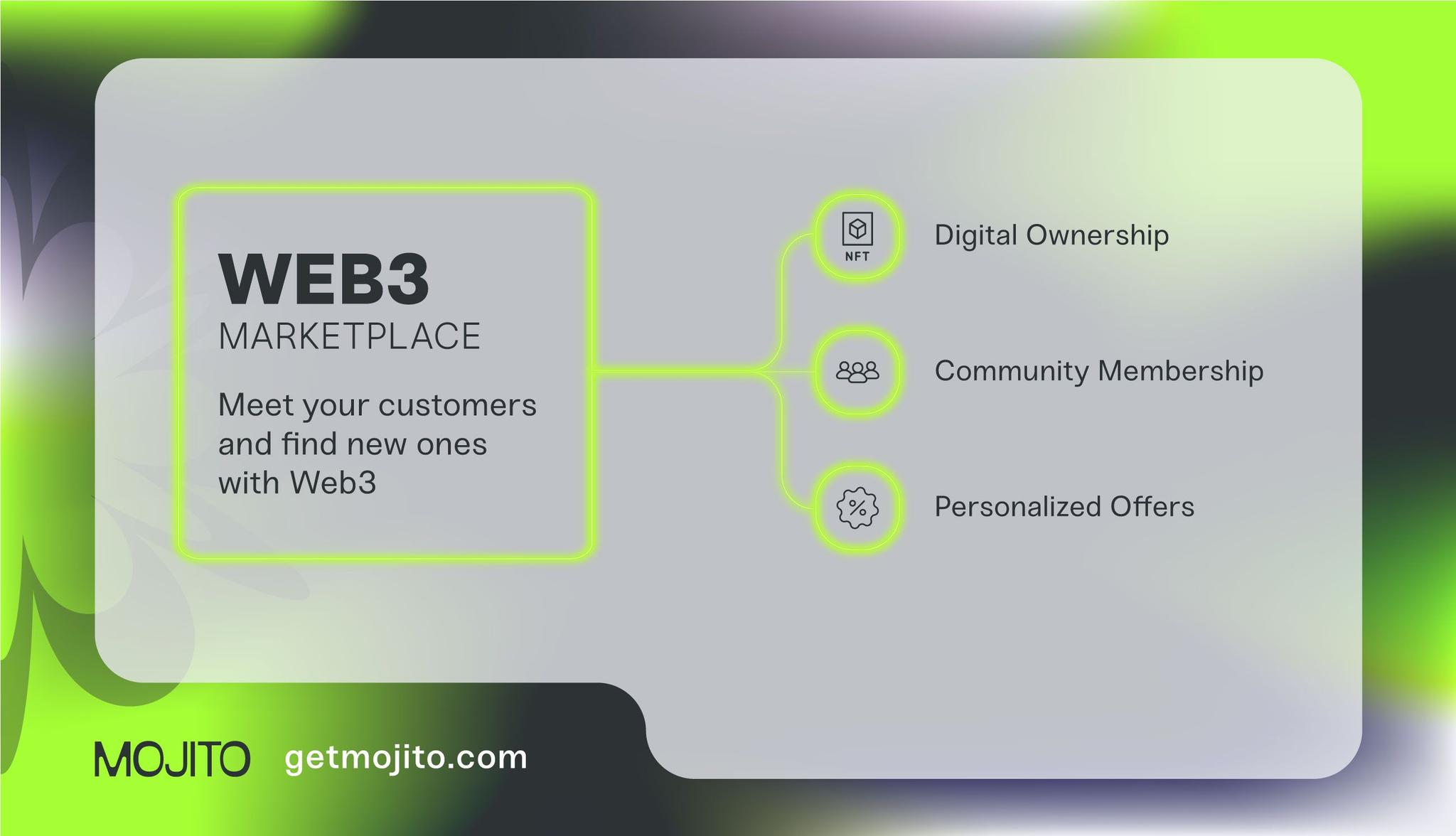
Reward Specific On-Chain Actions: Platforms like Mojito Loyalty demonstrate the effectiveness of rewarding concrete on-chain activities—such as swaps, staking, voting, or minting NFTs—to drive ongoing user participation and reinforce desired behaviors.
-

Implement Gamification and Tiered Rewards: Incorporate gamified elements—progress bars, badges, and tiered reward levels—as seen in Life DeFi’s loyalty system. This approach keeps users motivated by offering visible progress and escalating benefits for continued engagement.
-
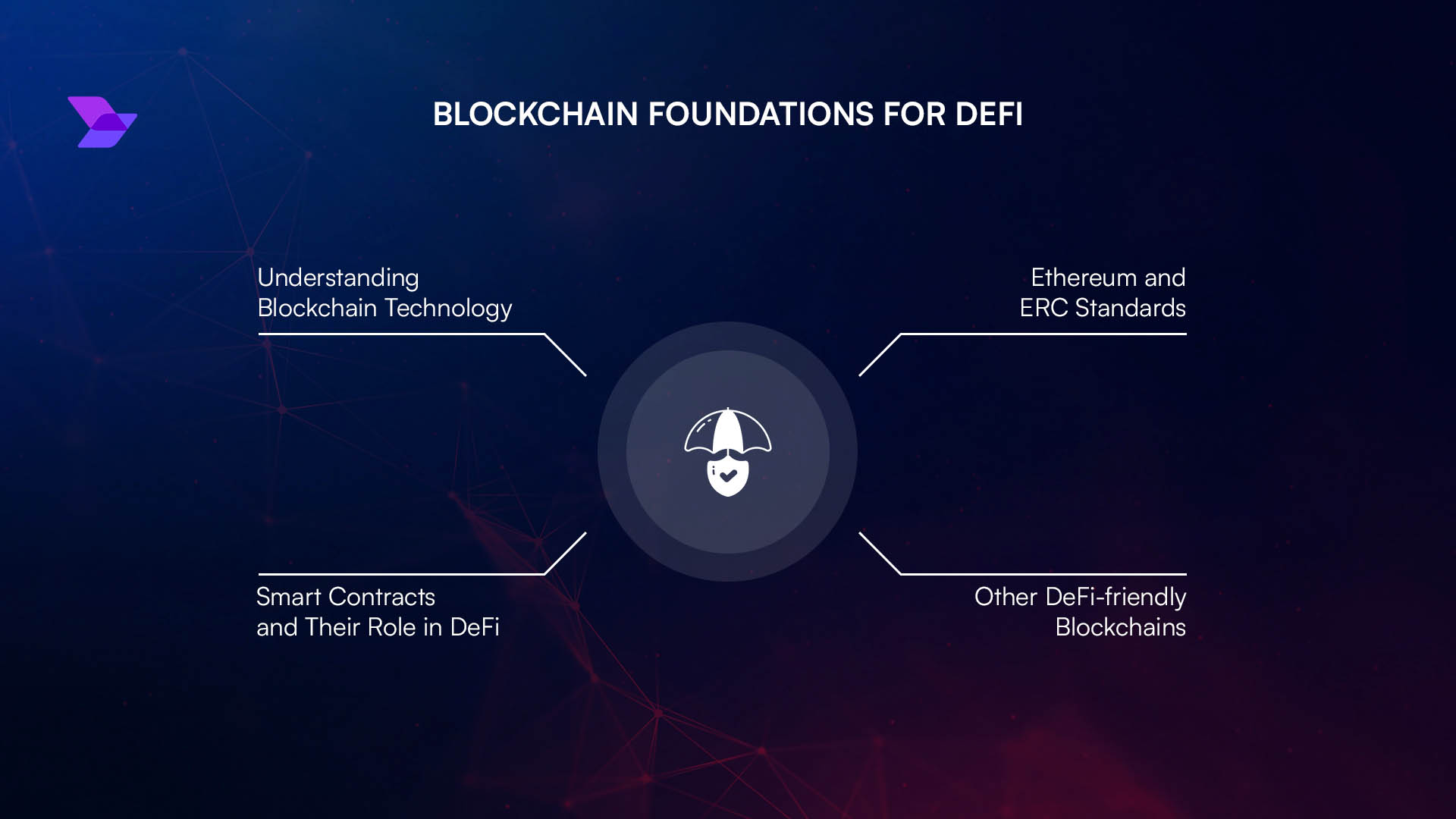
Integrate Social Platform Engagement: Enhance reach and community vibrancy by linking loyalty programs with platforms like Twitter and Discord. Mojito Loyalty rewards users for social actions, expanding brand presence beyond the blockchain.
-

Design Transparent and Automated Reward Distribution: Use smart contracts to automate and publicly verify reward issuance, ensuring trust and minimizing manual intervention. This transparency is a core benefit of blockchain-based loyalty programs, as highlighted in industry analyses from Avax.network and TokenMinds.
-
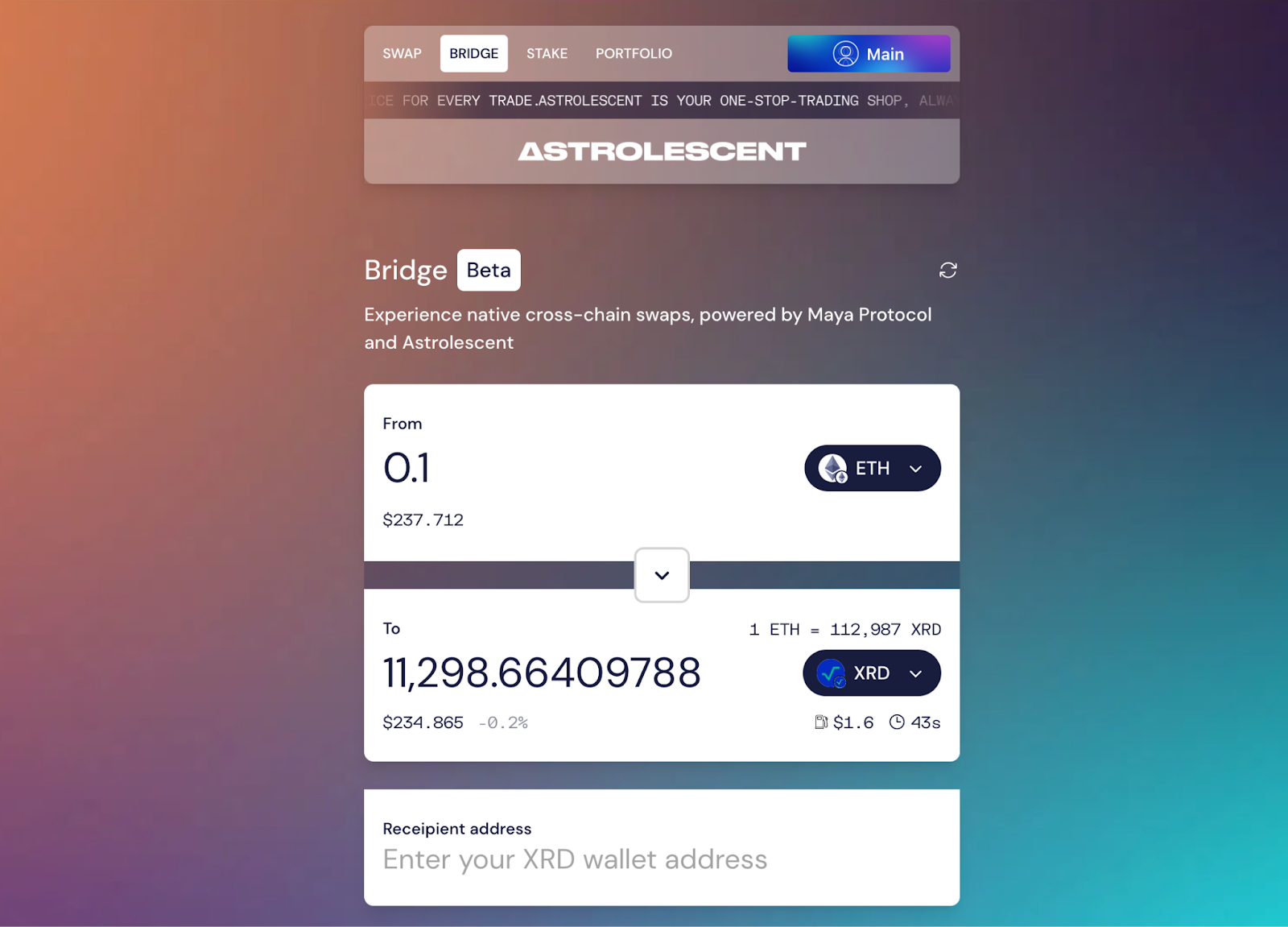
Offer Tangible, Liquid Incentives: Provide rewards in the form of native tokens or other liquid assets, as exemplified by Radix’s Token Trek (offering XRD tokens) and Scallop’s staking campaign (offering SCA tokens). This tangibility increases the perceived value and utility of rewards, driving higher user retention and engagement.
-
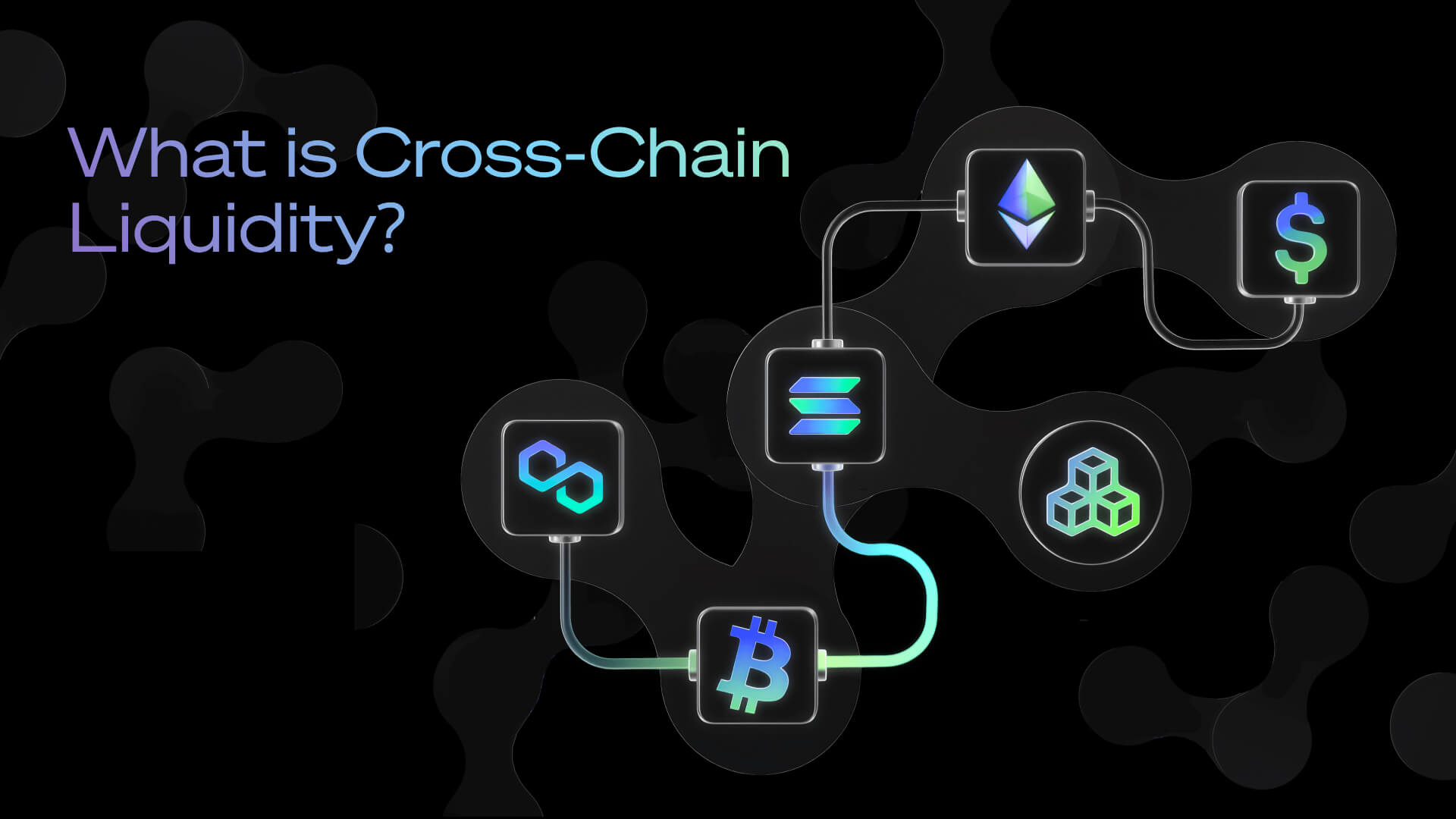
Enable Cross-Chain and Multi-Chain Staking: Support for staking across multiple blockchain networks, as discussed in recent DeFi staking platform analyses, allows users broader participation and flexibility—key for attracting a diverse user base.
-
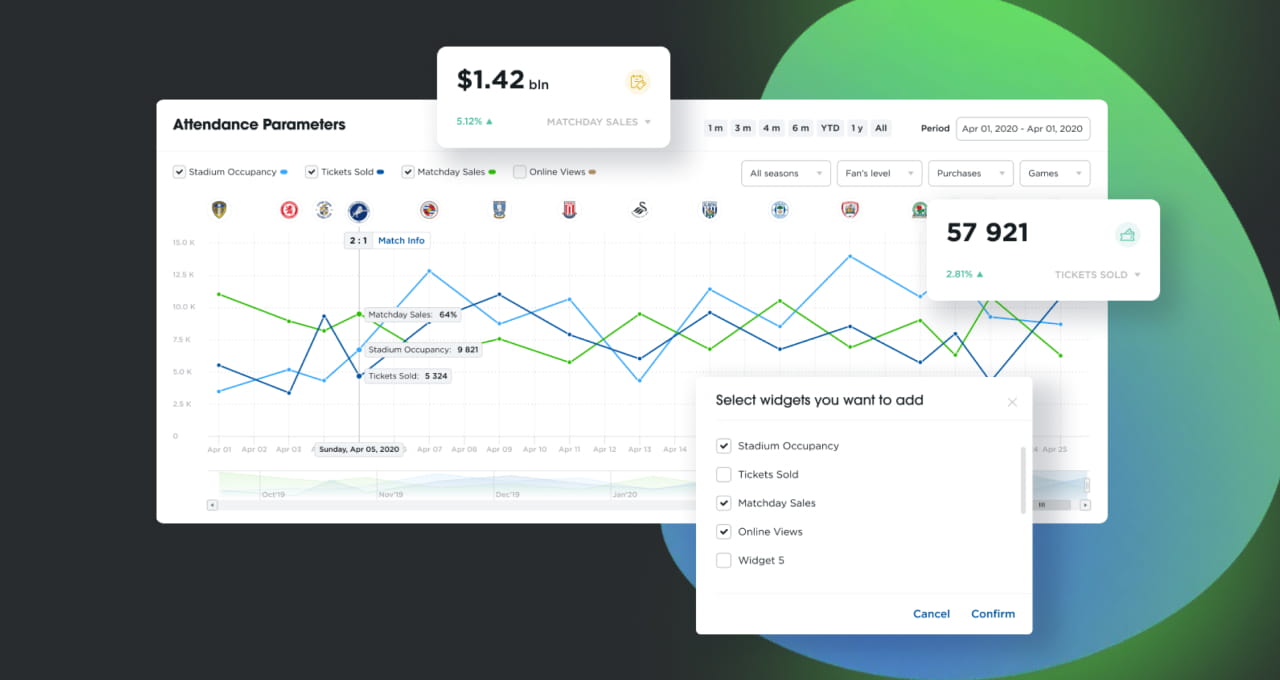
Leverage Open, On-Chain Data for Personalization: Utilize transparent blockchain data to tailor rewards and experiences to individual user behaviors, as recommended by Fabric Ventures. Personalization increases relevance and strengthens user loyalty.
First, ensure that staking incentives are meaningfully aligned with desired user behaviors, whether that’s liquidity provision, governance voting, or content creation. Second, adopt gamification judiciously: leaderboards, badges, and tiered rewards should be transparent and attainable enough to motivate both new users and seasoned participants. Finally, integrate social elements directly into the rewards structure, community-driven quests or referral bonuses can amplify network effects without relying solely on paid advertising.
Cross-chain compatibility is another emerging trend worth watching. As multi-chain ecosystems mature, allowing users to stake tokens across different blockchains seamlessly will become increasingly important for retaining sophisticated DeFi users who demand flexibility and higher yield opportunities.
Challenges and Considerations
No system is without risks. Smart contract vulnerabilities remain a concern, audits and ongoing monitoring are essential before launching any large-scale loyalty staking program. Additionally, while tokenized rewards offer liquidity and transferability benefits, they may also introduce regulatory complexities depending on jurisdiction.
Projects should also avoid over-inflation of reward tokens; unsustainable emissions can lead to rapid devaluation and erode long-term trust. Instead, carefully calibrate incentive structures using historical data on user engagement patterns as well as ongoing feedback from the community.
Looking Ahead: The Future of Blockchain Loyalty Programs
The next generation of blockchain loyalty programs will likely feature increased personalization powered by open on-chain data analytics. Brands will be able to target high-value users with bespoke experiences while maintaining transparency and user control over data sharing preferences. As decentralized identity standards evolve, and as more brands recognize the value of interoperable loyalty tokens, the line between DeFi utility and brand engagement will continue to blur.
The bottom line: on-chain loyalty staking isn’t just a marketing gimmick, it’s a robust framework for building sustainable communities around decentralized protocols. By rewarding real contribution with verifiable value, these systems help DeFi projects stand out in an increasingly crowded market while delivering genuine benefits to committed users.
youtube_video: A video explaining how gamified DeFi loyalty programs drive retention
